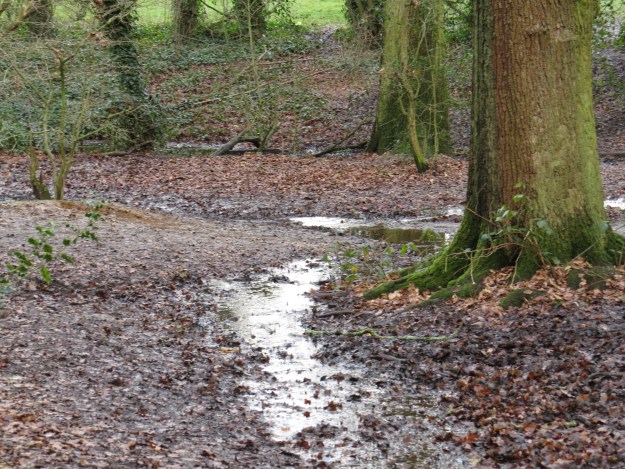
I-Spy books from the 1950s and 60s (Photo One)
Dear Readers, when I was a little girl I was obsessed with I-Spy books – they were a cheap and cheerful way of helping a child to pay attention, especially during a long, dull car trip. The idea was simple – each book had a variety of objects to ‘spy’, with different points according to how rare they were. If you managed to complete a book, you could send it off to ‘Big Chief I-Spy’ and would get a certificate and a feather. I had no idea that Big Chief I-Spy was an actual person, Charles Warrell, who had the original idea and self-published the first few books. He single-handedly managed all early communications with children, but his assistant Arnold Cawthrow took over when Warrell retired, in 1956, and continued as ‘Big Chief’ until 1978. The whole ‘Red Indian’ theme lasted until the early 1970s (Big Chief’s assistants were usually known as ‘Hawkeye’) when David Bellamy the botanist took over as the person who received all the completed books and the obsession with cartoon Native Americans was quietly dropped.
My personal favourite was ‘I-Spy Dogs’ – from an early age I could tell a Welsh Terrier from a Lakeland Terrier, a Norfolk Terrier from a Norwich Terrier (it’s the ears you know), and while I was an obedient little girl when it came to ‘not talking to strangers’ I was known to dash across a busy road, I-Spy Dogs in hand, to ask a bemused adult if their dog was a Sussex Spaniel (100 points!) My little brother much preferred ‘I-Spy Cars’, especially when we were out for a drive in the Ford Consul and he could note down the passing Humbers and Chevrolets. Strangely enough, I wasn’t that interested in the ones about plants and trees, coming to botany later in life, but I was fond of ‘I-Spy in the Country’ with its sheep and goats and tractors.
I am fascinated by some of the earlier titles. I imagine that ‘I-Spy in the Army’ might have been because of National Service – children then were probably much more familiar with people in uniform and army vehicles. You might look a long time to complete ‘I-Spy Country Crafts’ these days, sadly. And what on earth was in ‘I-Spy the Unusual?’ I’m sure that there was a whole social history of the era to be read in these books. And how about ‘I-Spy in Hospital’? I’m sure things have changed a whole lot, but what a good way to occupy a small child who was apprehensive.
In its heyday, there were half a million children who considered themselves part of the I-Spy ‘Tribe’. Some of the books had six print runs to keep up with demand. I remember it getting very competitive, and cries of ‘Mum, he’s cheating’ often emanated from the back of the car. But by 2002 the I-Spy books came to the end of the road. Published at this point by Michelin, it seemed that there was just not the demand anymore, probably coinciding with widespread mobile phone ownership and the rise of video games.
But wait! When I go onto the National History Book Society online shop, what do I find but some snazzy new I-Spy books? From 2016 Harper Collins has been releasing a series of titles, including ‘I-Spy Creepy Crawlies’. How I would have loved this when I was a child! It might even have prised me away from my Papillon and Pekingese obsession ( the Papillon was worth 70 points but every elderly lady had a Pekingese and so it was only worth 20). One sign of the times is that there is an ‘I-Spy at the Airport’ (though it’s probably not so relevant at the moment). There is an ‘I-Spy Camping’ though, which might hit the spot at the moment. And how about ‘I-Spy Garden Birds’ for a locked-down child who is lucky enough to have a garden?

One of the new I-Spy books (Photo Two)
I loved these books. They made me curious about all kinds of things, and once I’d gotten over my dog obsession I branched out into many other subjects. I am tempted to buy one of the books for nostalgia’s sake. Do you still send the books off once they’re completed, I wonder? And how has the point scoring of the afghan hound changed since 1969? I note that the rarest breed, the Shiba Inu, only counts for 20 points, which suggests that the point spread is much narrower than it used to be. Harrumph.

I-Spy Dogs 2020 Style (Photo Three)
Photo Credits
Photo One from https://www.pinterest.co.uk/pin/471892867199787901/
Photo Two from https://www.waterstones.com/book/i-spy-garden-birds/i-spy/9780008271381
Photo Three from https://www.waterstones.com/book/i-spy-dogs/i-spy/9780008182854





















































































































